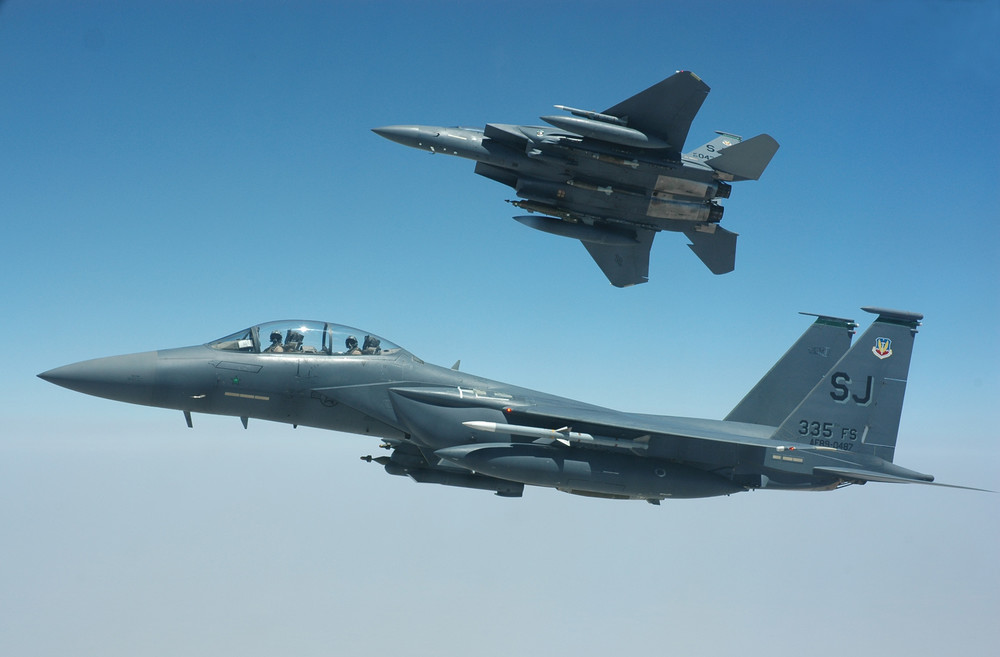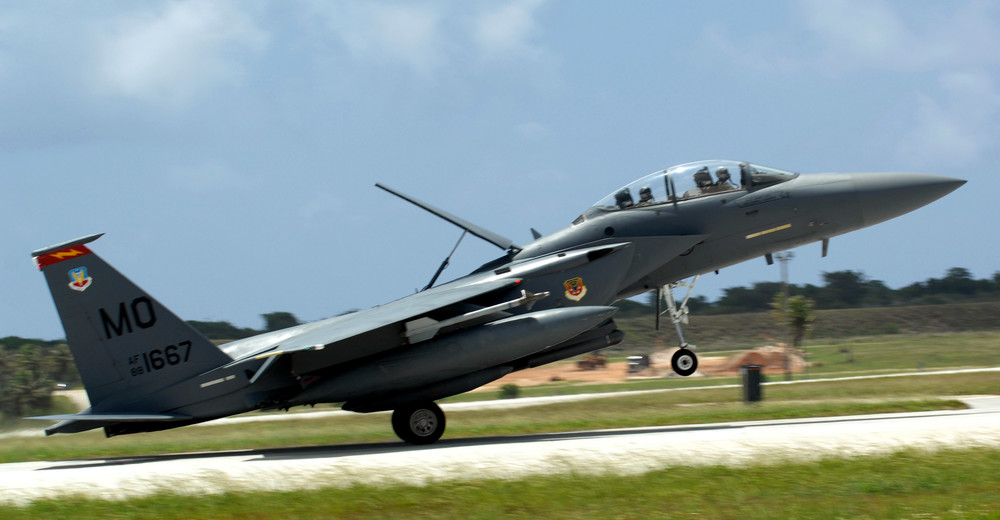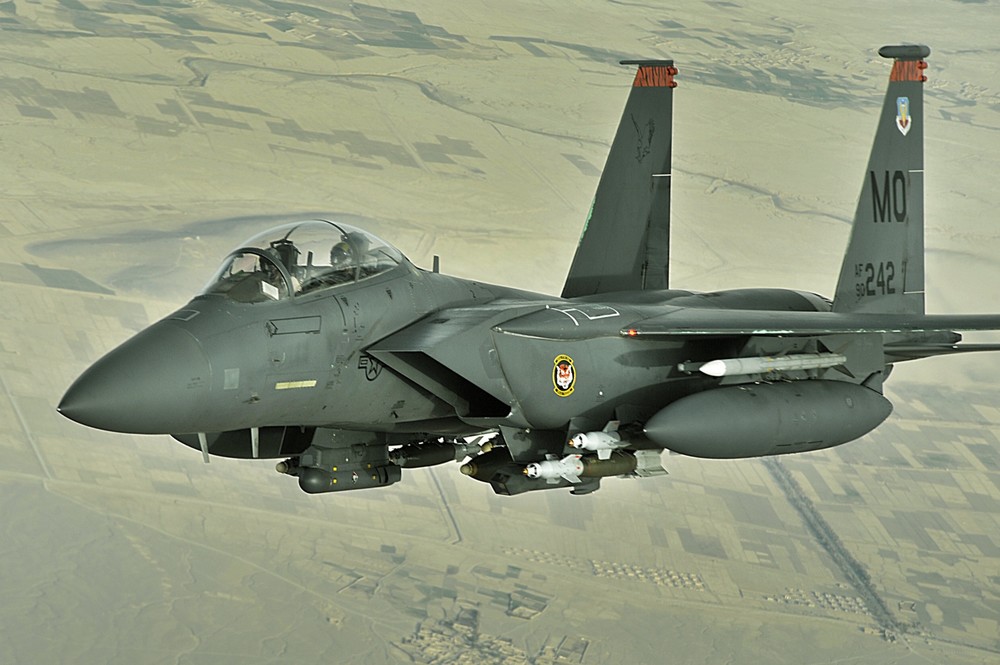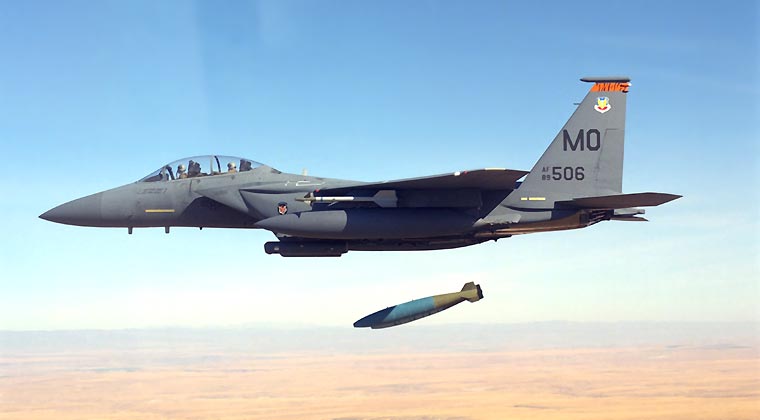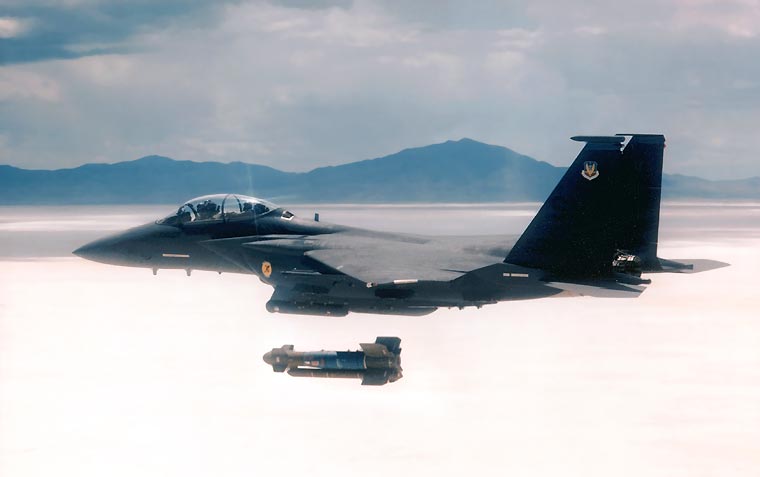

lomcevac
Members-
Posts
28 -
Joined
-
Last visited
About lomcevac
- Birthday December 22
Personal Information
-
Interests
Flying - real & virtual
-
Occupation
Commercial Pilot/Flight Instructor
-
That IS a jet. Twin engine. What do you think those things in front are? Eye stalks? :music_whistling::smartass:
-
AFAIK, the canopy on the E is exactly the same as the B/D except for some extra duct work from environmental controls to cool avionics and the lack of a manual release latch on the right side of the inside of the canopy that's present in the A/C models. I think the reason why the canopy sometimes looks more bulbous (like a bubble), is parallax because it's usually shot from ground level, or from above, and rarely directly level. These pics are close to level - you can see that the canopy rails are level on either side.
-
Nice model! It looks a little off around the canopy, nose and aft end. But HEY! It looks nice nonetheless! Here's some pictures to compare:
-
I'm thinking this model is timed to be released with Fighterops.... :music_whistling: :smartass: :D
-
Wow is right! Those birds should be condemned before they give their pilots rabies. Hell, I need a tetanus shot just to look at them.... :D :smilewink:
-

The Parable of Jane's A-10 and Flight Sim Development
lomcevac replied to EvilBivol-1's topic in Chit-Chat
Sure, I understand. But I believe you're not looking at it the way some of us might. It's a paradigm thing. If I'm understanding you correctly, you're coming from the paradigm that it takes time, effort, resources, the most important of which is money, to come up with these huge manuals and tutorials that might make the inception of complex flight sims prohibitive. My paradigm is that this is a money making proposition! For example, ED comes out with a few rudimentary tutorials and a manual. They tacitly approve or even possibly contract with another group to provide the tutorials and the exhaustive authoring of a comprehensive manual for a particular aircraft. The way this works is that the group is allowed access to the betas of a particular module of an ED aircraft. They write the manuals in a format similar to the Tech Order manuals for the aircraft, the operating procedures, rules, regulations, etc. They also provide the tutorials in a more advanced form. They are then allowed to sell this material to the end user, while providing ED with royalties for every set sold. ED wins by providing a process by which the end user receives more advanced documentation that the community is clamoring for, while also reaping the benefits of securing royalties. During this entire process, ED expends very little in time and money to develop advanced tutorials and documentation. It's a win-win situation. -

The Parable of Jane's A-10 and Flight Sim Development
lomcevac replied to EvilBivol-1's topic in Chit-Chat
Agree totally. With increasing complexity must come increasing tutorials/vids/manuals/etc. If the aircraft will be almost as complex as the real thing, then to fly it without killing ourselves, damaging the aircraft, using the systems poorly, we need training similar to what real pilots get. I've been a flight instructor for several years now since graduating & I can tell you it's easy to teach someone when they're sitting next to you and you can demonstrate what to do. It would also be very nice if this same ability was incorporated in the sim. Perhaps a D-model F-15/F-16, or a 2 seater Flanker or Fulcrum where we can fly in the same aircraft and demonstrate what to do to others. The learning curve will go up and the enjoyment of the product will do the same. It's frustrating to read the manual and know that some things are incomplete on how to do things and why. The article sure does give me a keener sense of what ED is doing, and I guess they're looking after themselves appropriately by modeling only aircraft that they are contractually providing for military purposes. They get a steady and large quantity of money which allows us to enjoy some of the fruits of their labor without the need to seriously research the aircraft they're providing as a game/simulation to the public. I only hope they're able to get more military contracts in the future. -
Ok. Let me see if I follow your logic. Ok? A: Because an aircraft is rugged or can land on the deck of an aircraft carrier: B: It is therefore better in air-to-air combat Is that right? I'll try the same logic: A: Because Flankers & Fulcrum aircraft can launch from unprepared strips due to their intake screens/landing gear, etc. B: I'm going to have pancakes in the morning for breakfast! Who's got the better kill ratio in air-to-air combat? The Fulcrum that can take off from a crumbling runway with weeds coming out of the joints and FOD all around the taxiways? The Fulcrum that has an engine with a time between overhaul of about 100 hours before it's done? The Fulcrum that's never been successful against a western aircraft? Or is it the PUNY F-16 with it's intake so low to the ground that it vacuums up FOD like a hoover?
-
http://www.reuters.com/article/marketsNews/idUSN1719852220090217 No, 243 isn't bad... moderate risk isn't bad at all, right? Platoon Leader: "Ok, tflash, we're sending you out with a handgun and a flak vest to go fight those 3 guys with a knife" tflash: "But, you were going to give me a machine gun and body armour!" Platoon Leader: "Nevermind that, we can't afford a machine gun paired with body armor. You've got to make do with that." tflash: "But there's more of a chance I could die!" Platoon Leader: "We've assessed the risk as moderate, so that's acceptable to us. Now go out there soldier, and do your best." I wouldn't want the Office of Management and Budget to run the war. We'd end up with more casualties, less equipment, and more grief from the press and public for each engagement. Let the families of the pilots deal with the risk going from low to moderate, right?
-
Navalising aircraft does nothing to increase it's ability to fly and fight. Folding wings usually G-limit the aircraft to less than 9 G. Beefing up the empennage, landing gear, etc. add a weight penalty as has been previously mentioned, which adversely affect the thrust to weight ratio. This combines limit the airframe in air-to-air combat. Air to mud is another matter. Most US aircraft losses are due to SAMS not other aircraft in air-to-air battles. Beefing up airframes, having folding wings, or its ability to land on a carrier makes little difference in aircraft or aircrew survivability against SAMs, when compared to USAF aircraft not meant to make multiple crashlandings on a ship to recover.
-
Every new weapons system goes through growing pains. The F-22 has only been operational for a short period of time, while the F-16 has been around for decades. Furthermore, when the F-16 became operational, the Class A mishap rate (loss of aircraft, damage of $1million or greater, loss of life) is MUCH greater than that of the F-22. The F-22, I believe has only suffered ONE class A mishap since initial operational capability, and the aircraft recovered back to base and no one lost their life. The F-16 nor the F-15 can claim that. The F-16 airframe has been constantly produced for operational use. The F-15 airframe, on the other hand, is usually older than the 23 year-old pilot that flys the thing (excluding mudhens). I don't know why it's surprising that when the aircraft requires a stealthy profile, the aircraft must be gone over with a fine-tooth comb to find all the dings in the paint or the partially popped panels or Zeus fasteners that may come loose during the flight, to prevent compromise of it's stealth capability. This probably accounts for it's low sortie generation rates, as opposed to problems with subsystems. Although I'm aware of heating concerns with it's AESA radar and the operational cycles it's producing as the number of missions it's been tasked to undertake increase (mini-AWACS, Electronic Attack, Ground targeting, etc.). There's one thing that the F-22 ensures - in appropriate numbers - and that is air superiority. USAF air superiority is responsible for the following statistic: NO single US asset (infantry, wheeled & tracked vehicles, buildings/C3, High value airborne assets) have ever been lost to enemy aircraft since the Korean War. With the production of fewer F-22s and the reliance on legacy aircraft that are losing their edge against better adversary equipment, the ability to provide air superiority, without great losses in pilots and airframes, is being jeopardized.
-
http://www.gao.gov/financial/fy2007/07frusg.pdf it's 2007, but the info is out there. More importantly, you've learned not to trust a bunch of talking heads with an agenda. For those not inclined to read, our TOTAL debt including Soc Sec, Medicaid, & "everything else" still totals a bit over $10TRILLION not $70TRILLION. We'll see how much the new administration can spend in 4 years. Getting back on topic. This is a simple argument. B-1 = Tu-160 Space Shuttle = Buran F-22 = PAC-FA not Su-35, Su-47, MiG-35 or whatever you think it means Why are they building a "so called" stealthy aircraft that - in conception - looks (vaguely) similar to the F-22 if they have a better design? Who will buy it? The RuAF? They've gotten their best aircraft from Algeria by being stuck with something that country didn't want. All the rest? Well, they're prototypes, demonstrators, or a glimmer in some aerospace engineers eye.
-
Damn! But you've got a troll infestation at worst, or a mass disregard of reality at best. Did I say that out loud. Well, I better shut up before the ban stick hits me in the forehead!!! :megalol:
-
Naw, that couldn't be a WW3 scenario, could it? Oh, ok, it's not. My bad. :music_whistling: So we compare a tech demonstrator with an operational fighter. Well, we can tell which aircraft HAS a dick, at least. :huh:

